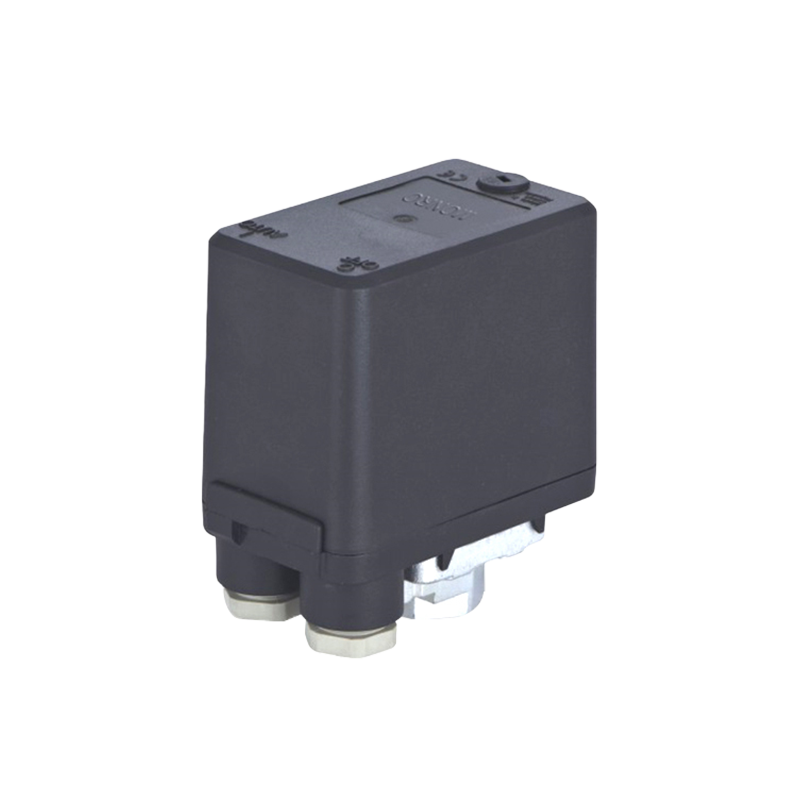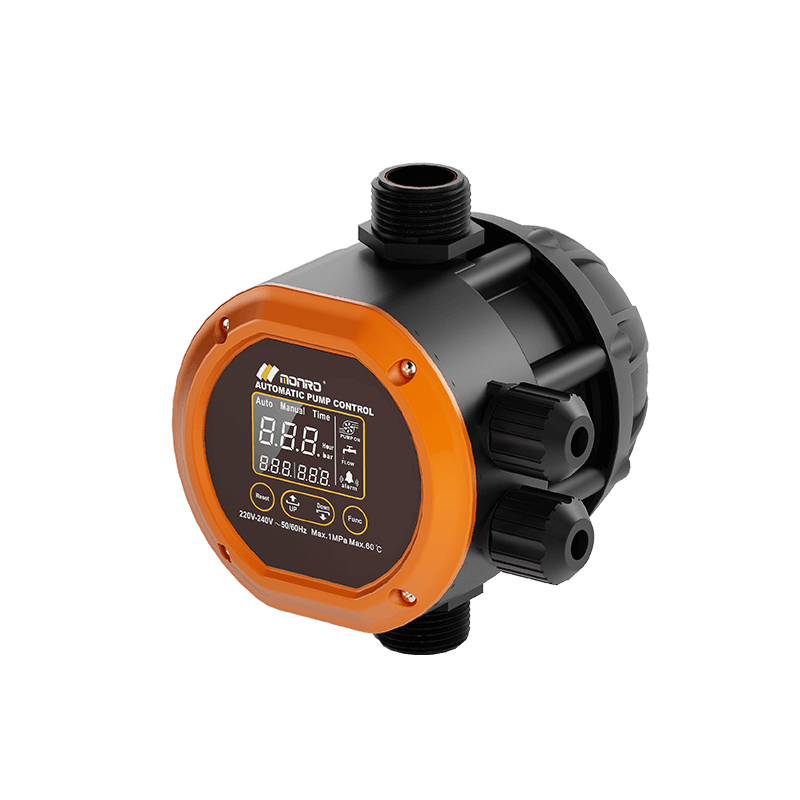Don't hesitate to send a message
Web Menu
Product Search
Exit Menu
Different Electrical Connection Types for Pressure Switch Factory Devices
Pressure Switch Factory devices are essential components in many industrial, commercial, and residential systems, providing reliable monitoring and control of pressure levels. One key consideration when selecting or installing these switches is understanding the various electrical connection types they offer. Different connection methods affect installation flexibility, maintenance, and compatibility with control systems. Ensuring the correct electrical connection type is chosen helps maintain system reliability, prevents wiring issues, and guarantees proper communication with pumps, valves, and alarms.

Screw Terminal Connections
Screw terminal connections are among the common electrical interfaces for Pressure Switch Factory devices. In this method, wires are secured under screws, providing a stable and reliable mechanical and electrical contact. Screw terminals allow easy installation and replacement of wires, making them suitable for applications where adjustments or maintenance may be frequent. Proper torque must be applied to avoid loose connections, which can cause intermittent operation or arcing. This type of connection is especially common in industrial panels, control cabinets, and equipment with standardized wiring schemes.
Plug-in or Quick Connect Terminals
Plug-in or quick-connect terminals provide a faster and more convenient alternative to screw terminals. These connectors typically involve pre-crimped wires or tab-style terminals that slide into the switch housing. This type of electrical connection is advantageous when systems require rapid assembly, modular design, or frequent component replacement. Quick-connect terminals reduce installation time and simplify wiring changes, but they must be carefully rated for the system’s voltage and current to avoid overheating or contact failure. Many Pressure Switch Factory models offer this connection type for applications requiring flexibility and speed.
Cable Gland or Conduit Entry Connections
For outdoor, hazardous, or wet environments, Pressure Switch Factory devices often utilize cable gland or conduit entry connections. This method provides strain relief and environmental protection by sealing the cable entry point, preventing dust, moisture, or chemical ingress. Conduit connections are common in industrial and process environments where safety and durability are critical. They allow longer cable runs and provide mechanical protection against accidental pulling or vibration. Selecting the correct gland size and material is essential to maintain IP ratings and ensure compliance with local electrical standards.
Connector Blocks and Terminal Strips
Some Pressure Switch Factory models incorporate internal connector blocks or terminal strips, allowing multiple electrical points to be wired in an organized manner. This configuration facilitates complex installations, such as switches controlling multiple relays or devices simultaneously. Connector blocks make it easier to identify connections during troubleshooting or maintenance and help reduce wiring errors in large control panels. Proper labeling and secure attachment are crucial to avoid loose connections and ensure consistent operation.
Pressure Switch Factory devices offer a variety of electrical connection types, including screw terminals, plug-in connectors, cable glands, connector blocks, and specialized custom interfaces. Selecting the appropriate connection type depends on installation requirements, environmental conditions, maintenance needs, and system compatibility. Understanding these connection options ensures safe, reliable operation, simplifies installation, and enhances system longevity. By carefully evaluating electrical connection methods, engineers and technicians can optimize the performance and durability of pressure switch installations across diverse applications.
-
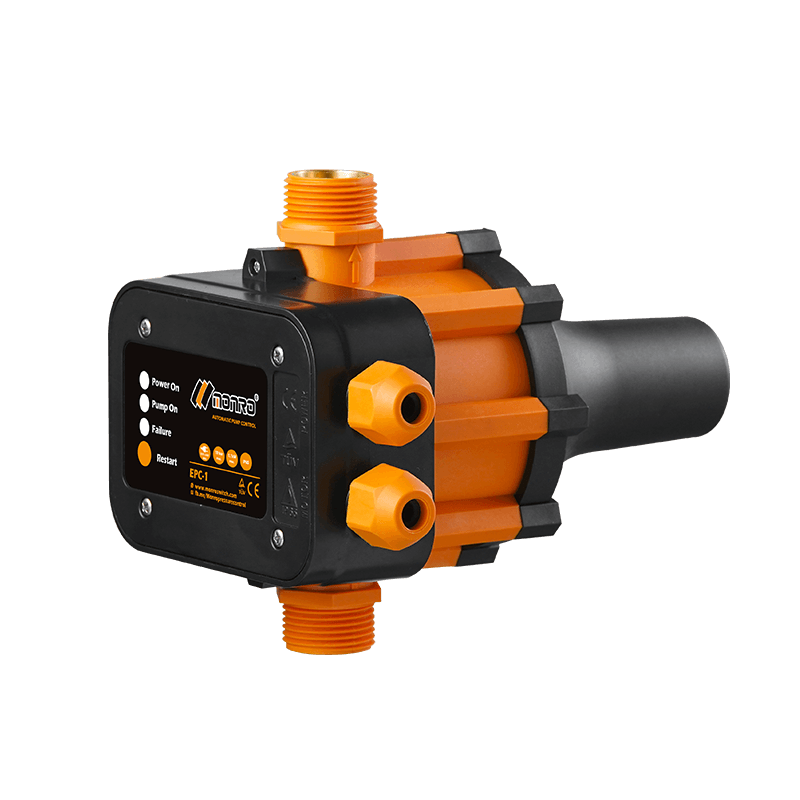 EPC-1
EPC-1Monro EPC-1 model pump controller is the classic and basic type, was loved by user in the global mar...
-
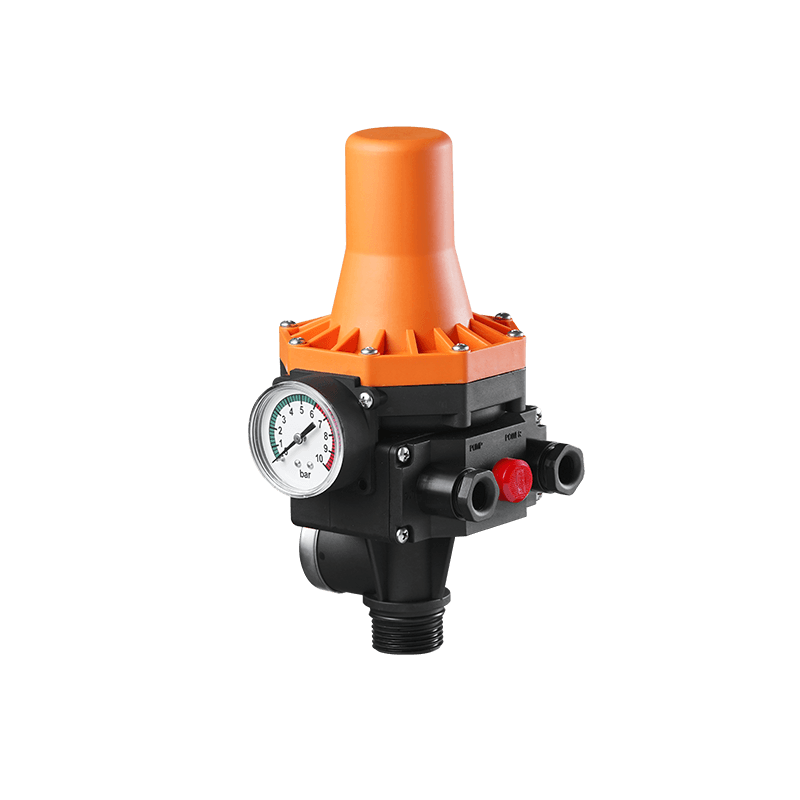 EPC-3
EPC-3Monro EPC-3 spain design auto on and off press control, an intelligent and economical system designe...
-
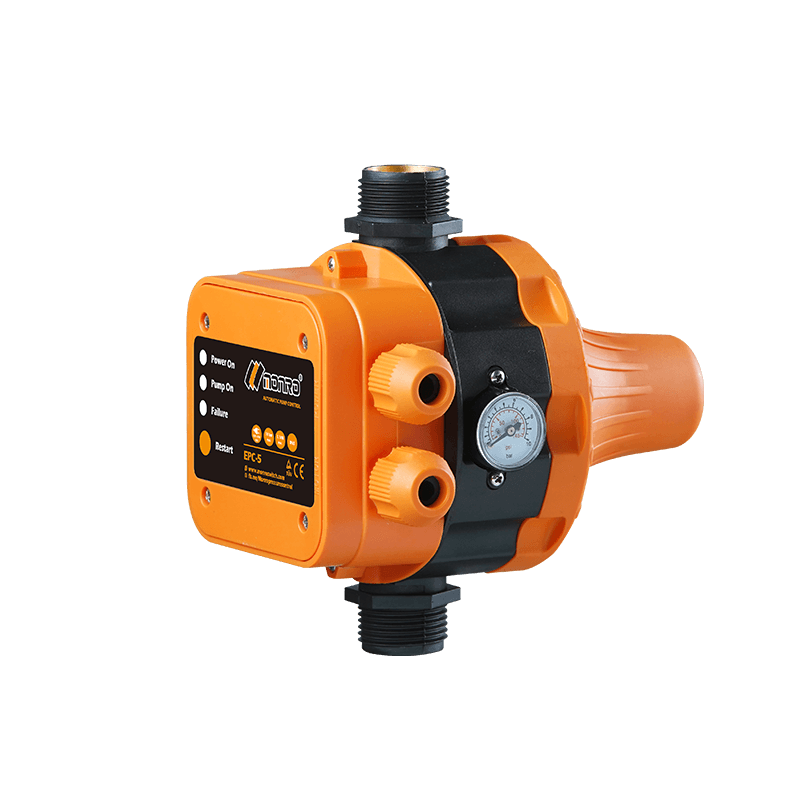 EPC-5
EPC-5Monro EPC-5 model automatic pump control, a device which assembled on the water pump (recommended si...
-
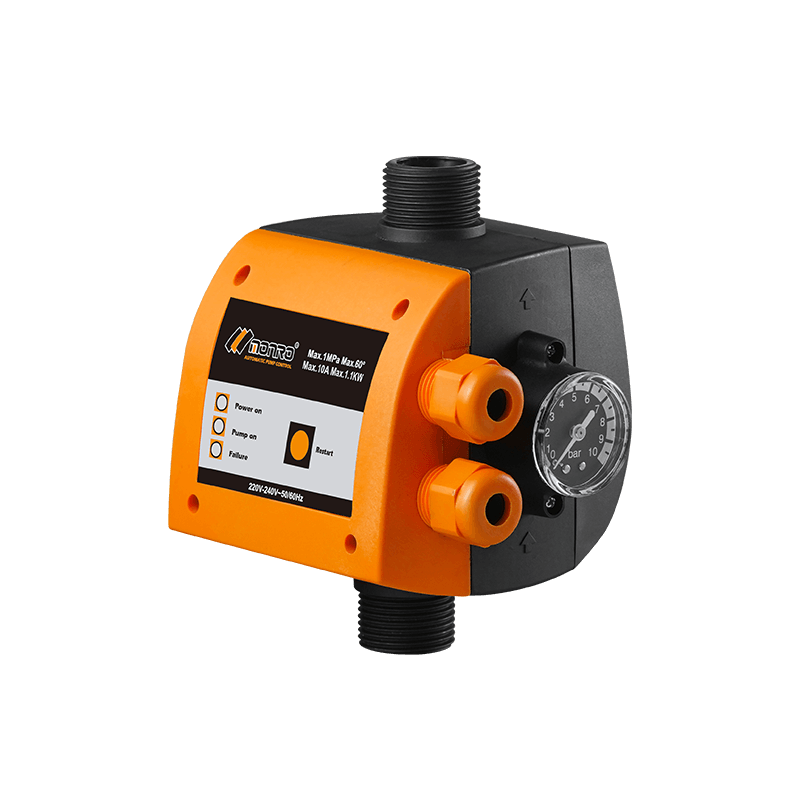 EPC-9
EPC-9Monro EPC-9 model pressure controller, is a big power device for automatic control and protection of...
-
 EPC-12
EPC-12Monro EPC-12 smart top-level automatic pump control is a multi-function model combined with traditio...
-
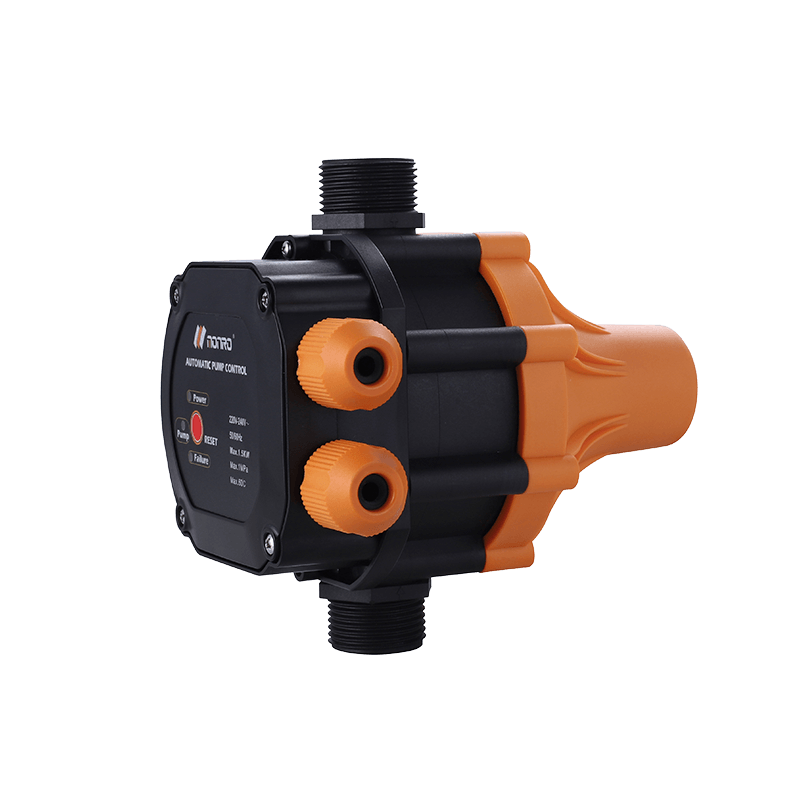 EPC-14
EPC-14Monro EPC-14 model pressure control is a big power device for automatic control and protection of el...
-
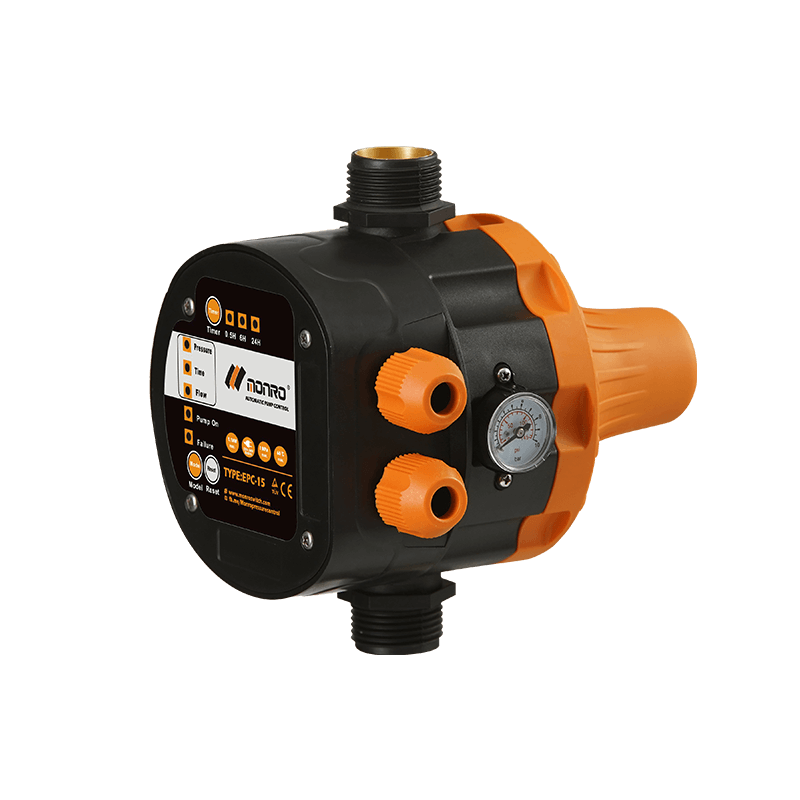 EPC-15
EPC-15Monro EPC-15 model automatic pump control, a device which assembled on the water pump (recommended s...
-
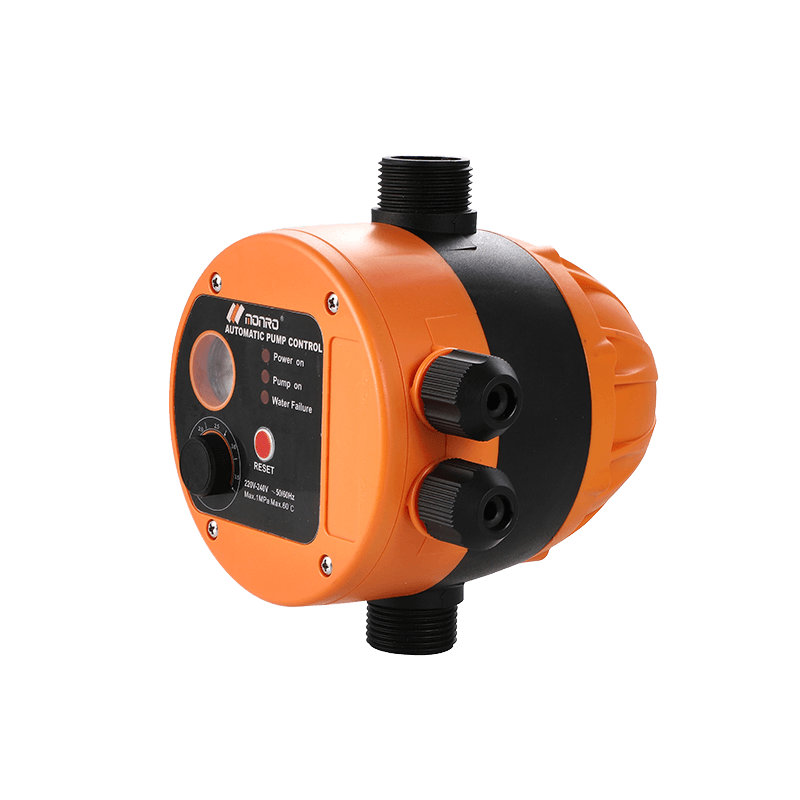 EPC-16
EPC-16EPC-16 is the new patent pump controller by Monro. Its key highlight is tooless (manual knob) start...
find our office
Committed to providing professional pressure control solutions for various types of water pumps and air compressors.

 简体中文
简体中文 English
English Español
Español